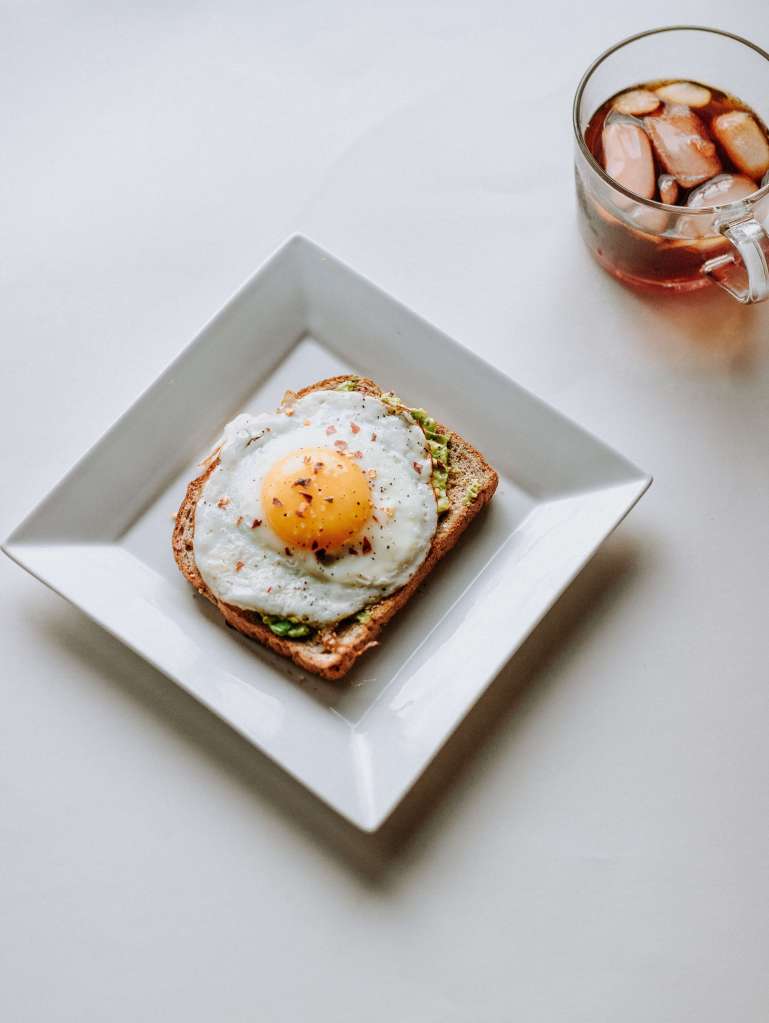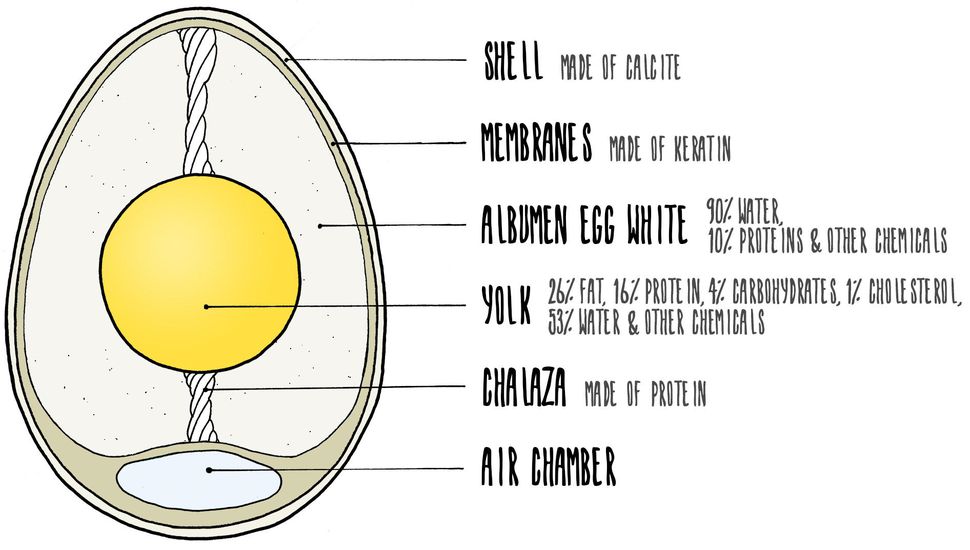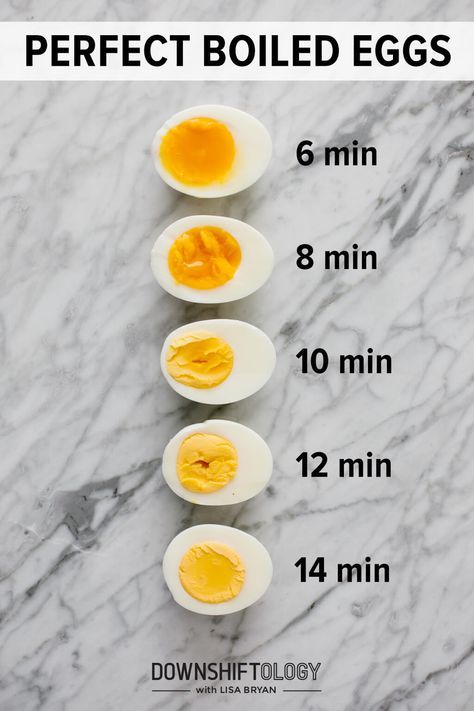
Image credit: Ben Kolde by Unsplash
Relationship between cooking and egg structure
Poached eggs are my favorite breakfast item for energy throughout the day. Egg recipes are so versatile. You can be as creative as you like. For example, smoked salmon and veggies are a great combination. The final dish has a nice flavor and texture. The reason a poached egg undergoes a texture and taste change is due to protein. Let us start by explaining the structure of the protein in general.
Protein structure of egg
Below is the general overview of the structure of an egg:

Eggs contain almost all amino acids that the body needs. Protein has a sequence of 20 amino acids, but in eggs, there are two fewer amino acids. One large whole egg contains 6.3 grams of protein. This provides all nine essential amino acids: histidine, isoleucine, leucine, lysine, methionine, phenylalanine, threonine, tryptophan and valine. Of the four nonessential amino acids, alanine, aspartic acid, and glutamic acid are present. The semi-essential amino acids contain arginine, cysteine, glycine, proline, serine and tyrosine. In all, eggs have 18 amino acids, and are found in the yolks and whites. Most of the cholesterol is found in the yolk. Therefore, to avoid cholesterol remove the yolk from your diet. To see an illustration of protein denaturation, and coagulation, please refer to Lab Cat; the website provides an extensive illustration of the process.
Heat and cooking
As you can see in the diagram by spie.org; denaturation causes a physical change to the albumen, and cross-linking occurs between sulfur molecules.
As I explained before, eggs contain different 18 amino acids. From the 18 amino acids, each one has different chemical characteristics that contribute to the composition of the egg. During poaching, when acid is added, such as vinegar, with a short cooking time of 2- 3 minutes at a lower temperature. The PH of the water solution will be more acidic containing more H+ ions, which cause a certain amino acid in the albumin called glutamate to unfold as it gains more H+ ions.
This leads to more crosslinking in the structure of the protein as new bonds are formed. The temperature and time of cooking are critical in the process to denature the protein. This provides the right texture and shape of the egg that most chefs try to perfect. As you can see in the picture below, the five eggs were in a pot of water and brought to a boiling temperature (212°F); after 6 minutes each of them in 2-minute increments were removed. The result? the sweet spot to achieve the perfect consistency is somewhere between 6-7 minutes. The egg between 5-6 minutes cooks the outer white layer, as the salt starts to move into the cells.

Image credit: downshiftology
References
- Lab cat. Website: https://cdavies.wordpress.com/tag/coagulation/
2. Greaves, Vanessa (March 2023). How to Boil Eggs Perfectly Every Time. Allrecipes. Website: http://blogs.discovermagazine.com/scienceandfood/tag/soft-boil-egg/#.WuDnKIjwa00
3. Baguley, R. (June 16, 2015). Appliance Science: The biology of the chicken egg. Website: https://www.cnet.com/news/appliance-science-the-biology-of-the-chicken-egg/
4. Chang, J., Wang, C. et al (April 2012). Egg white in organic electronics. The International Society for Optics and Photonics – Albumen functions well as a low-cost dielectric material for organic field-effect transistors. Website: https://spie.org/news/4149-egg-white-in-organic-electronics?SSO=1
5. Puglisi MJ, Fernandez ML. The Health Benefits of Egg Protein. Nutrients. 2022; 14(14):2904. Website: https://www.mdpi.com/2072-6643/14/14/2904
6. E.I. Adeyeye. The Comparison of the Amino Acids Profiles of Whole Eggs of
Duck, Francolin and Turkey Consumed in Nigeria. Global Journal of Science Frontier Research Chemistry. 2013; 13 (3):1. Website: https://www.researchgate.net/profile/Emmanuel-Adeyeye/publication/278653350_The_Comparison_of_the_Amino_Acids_Profiles_of_Whole_Eggs_of_Duck_Francolin_and_Turkey_Consumed_in_Nigeria/links/5581941508aeab1e4666d82d/The-Comparison-of-the-Amino-Acids-Profiles-of-Whole-Eggs-of-Duck-Francolin-and-Turkey-Consumed-in-Nigeria.pdf
7. FoodData Central Search Results. (2023). U.S. Department of Agriculture Nutrient Database. Website: https://fdc.nal.usda.gov/fdc-app.html#/food-details/748236/nutrients

Pingback: Food science topics – Alimentative
Pingback: Hydrocolloids and food | Living Well In The 21st Century